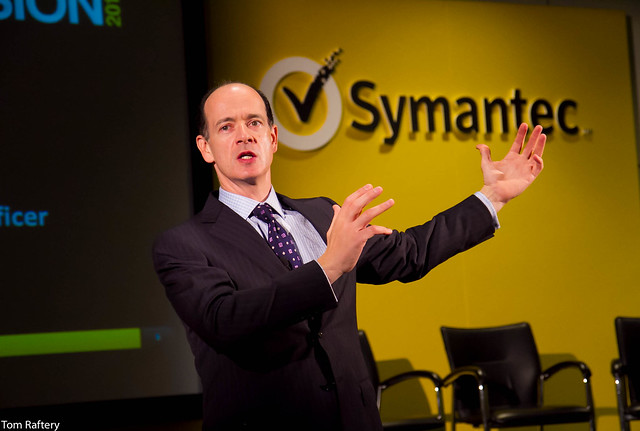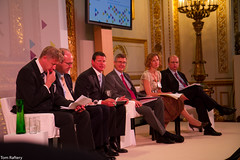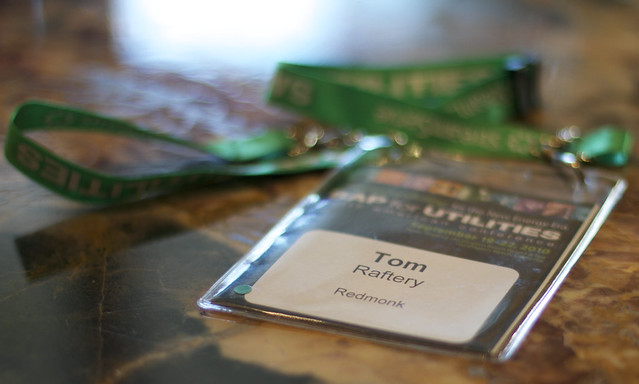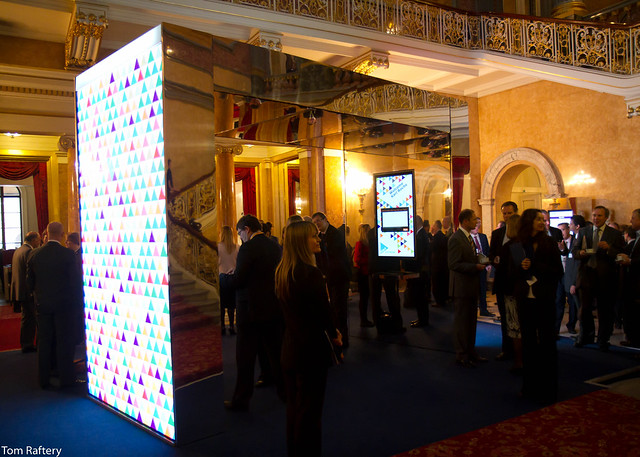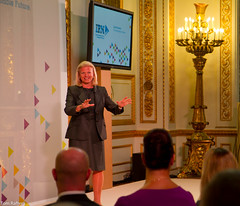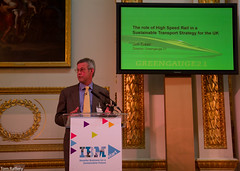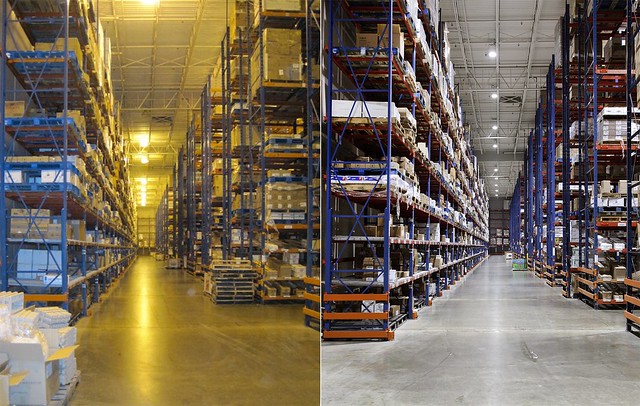Having praised its program to the skies on the video above I thought I’d check out the latest blogs that explain the thinking of Walmart purchasers. Sadly however the program I talk to seems to have dropped off – the company’s checkout blog is now looking sadly neglected.
To be fair Walmart is now writing blogs about sustainabily on higher traffic properties- notably with its monthly TreeHugger column.
Walmart is still doing the hard important work, clearly, but what impressed me about some of the blogs from its procurement professionals was the openness of them, the observability that gave us insights into the thinking behind its product decisions, the story and narrative behind the changes the company is driving.
Walmart demands 100% traceability of fish from Brazil. think what that means in practice. just one amazing program http://monk.ly/aCpUhA
Pretty amazing eh? I mean- how do you do that? Exactly- I want to know more about facts on the ground, and the human and technology stories behind the change. Sustainability outcomes are great, but stories drive behavioural change. So more stories please Walmart.
The video was taken at SAP TechEd 2010 in Berlin by Jim Spath, who leaves no trace other than his blog posts. The second half of the video has some great additional insights from Timo Stelzer, SAP’s Solution Manager for GreenIT – a great guy – you’ll be hearing a lot more from him in terms of working with Greenmonk.


